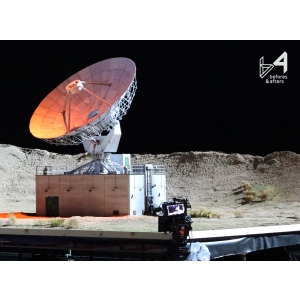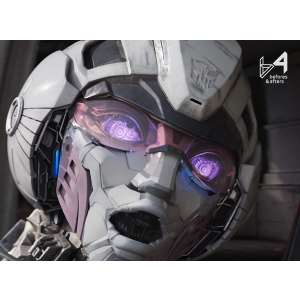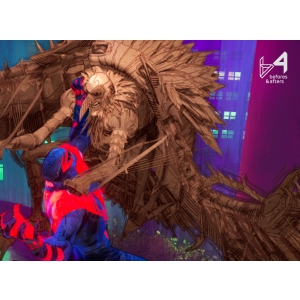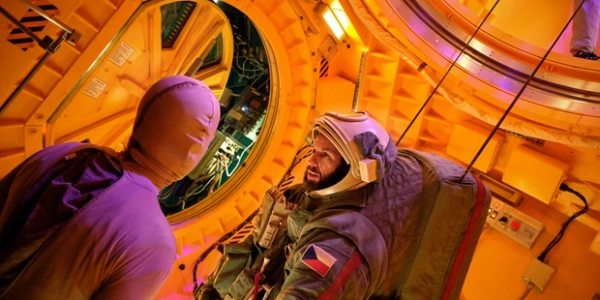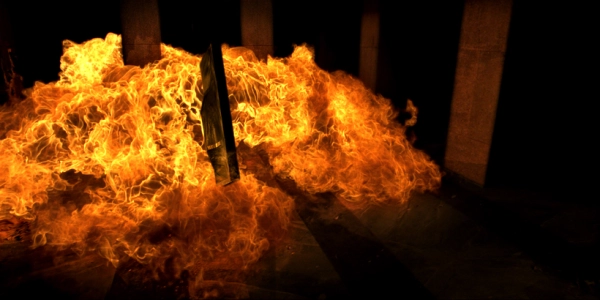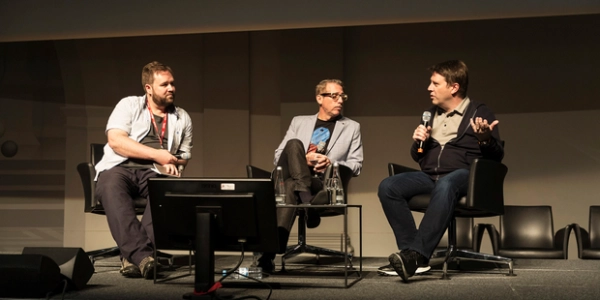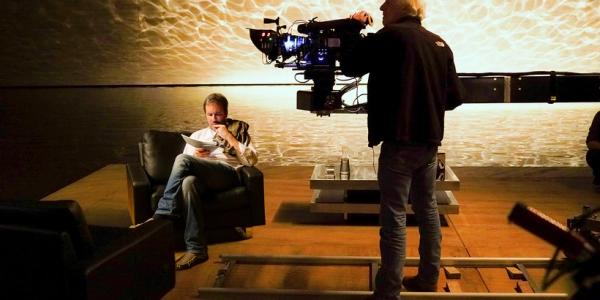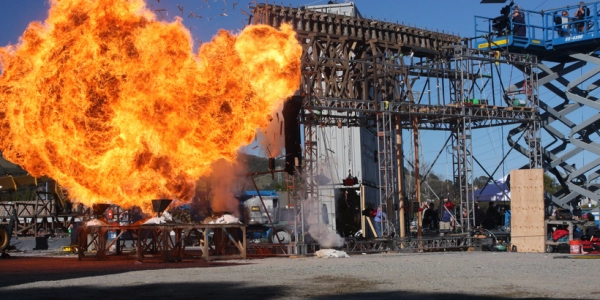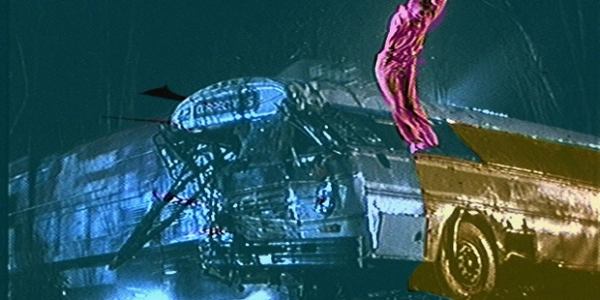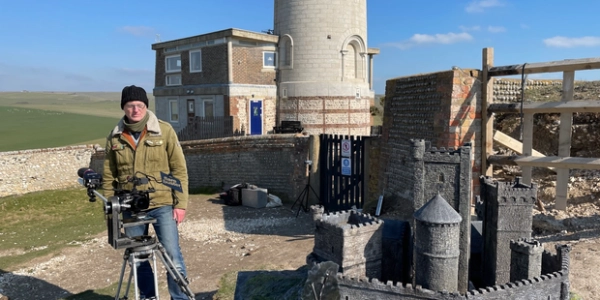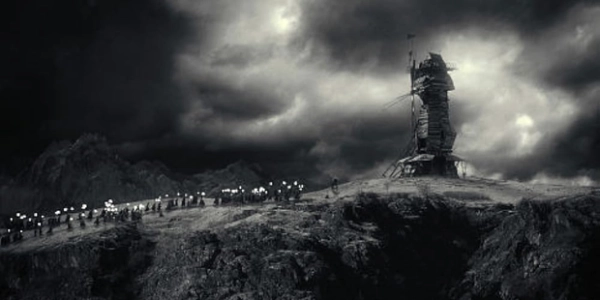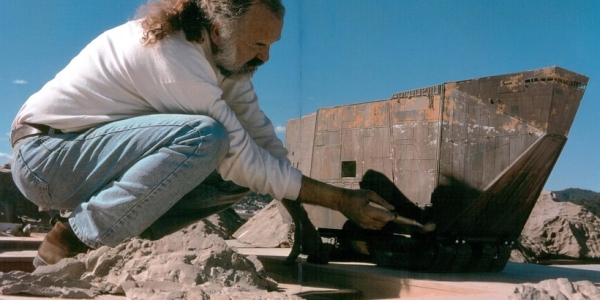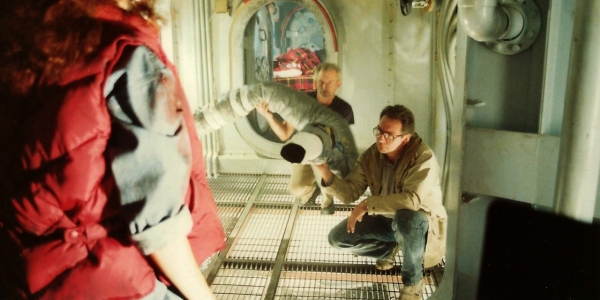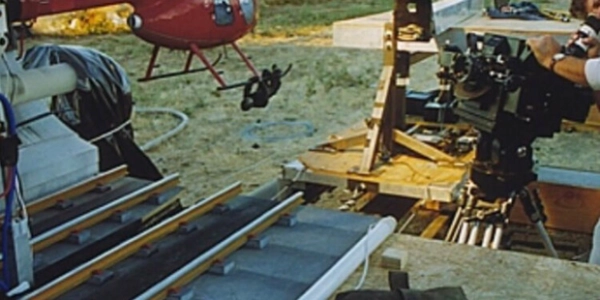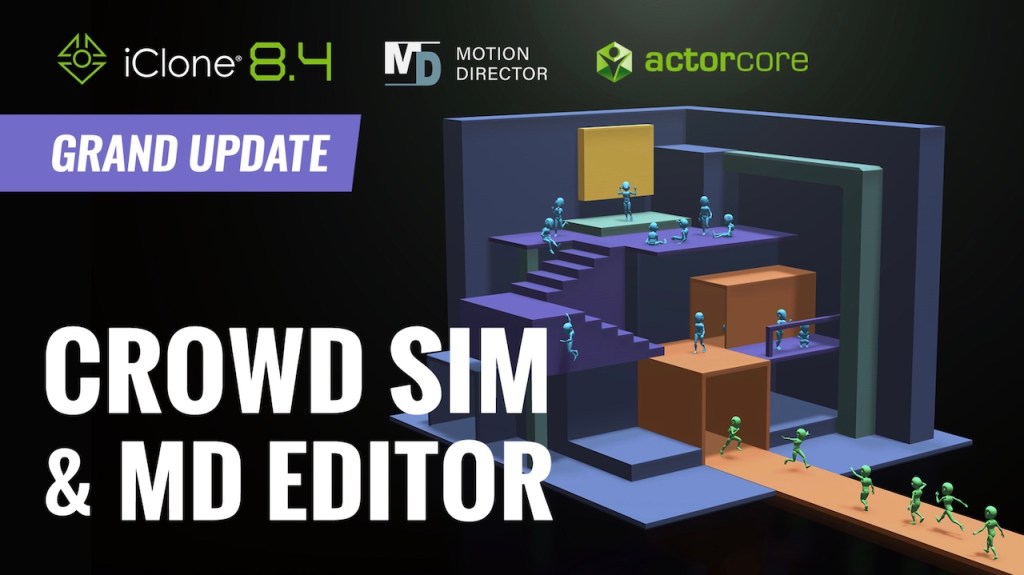Go step-by-step into the VFX of the Russian machine.
The Creative Arts Emmys happen this week, and one of the show nominated for Outstanding Special Visual Effects is Stranger Things (s3).
To mark the nomination, we’re looking at Scanline VFX’s work for the Russian machine in this past season. Overseen by Scanline VFX supervisor Berter Orpak, the machine turns on a number of times and also acts as a backdrop to a thrilling fight scene.
Follow along below in the imagery and captions care of Scanline’s Jasmin Hasel (COO/executive producer) and Michael Mielke (executive producer).
1. Death of Grigori
Hopper throws Grigori into the fast-rotating middle section of the machine and is ripped to pieces, requiring some complex fx simulation work. Here, Scanline built a detailed character asset for Grigori made up of all essential parts of the human anatomy. Due to the complexity of simulating the various elements together, the studio decided to use Houdini for this shot. The work started with a rigid body simulation of the skeleton to establish the overall dynamics and pacing. With that approved, artists added several soft body simulations of muscle and skin tissue using Houdini’s Vellum tools. The muscle tissue was later on used as a fluid emission source for the blood and a volume source for a fine layer of blood dust.
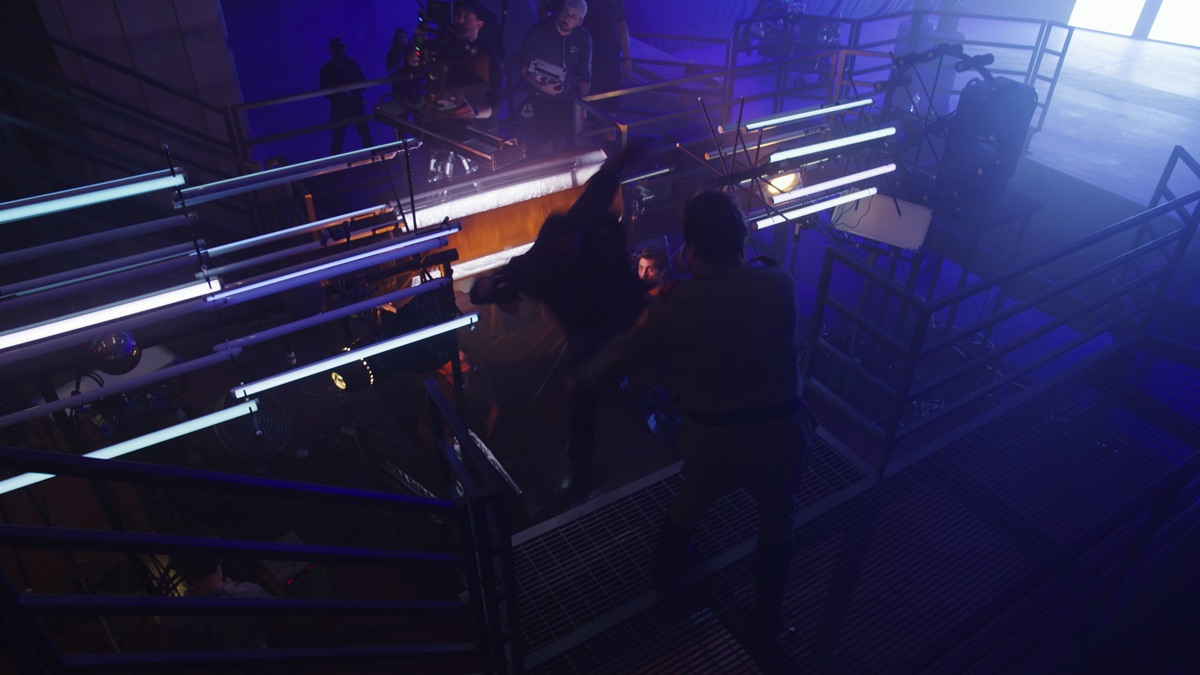
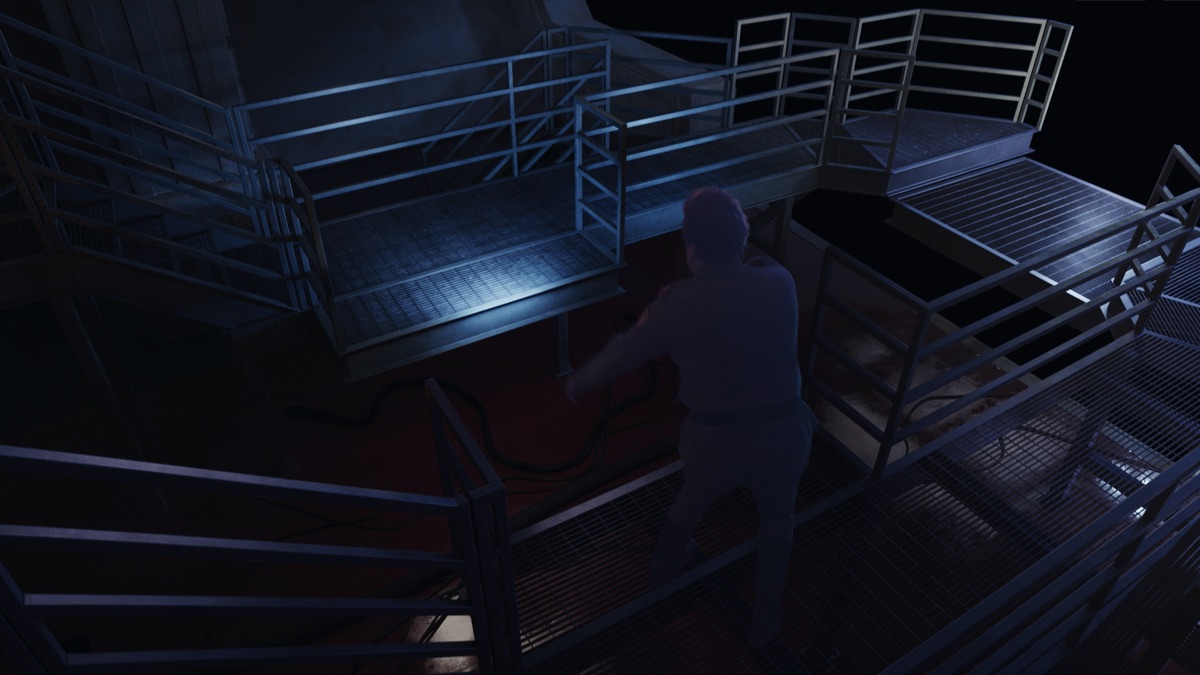

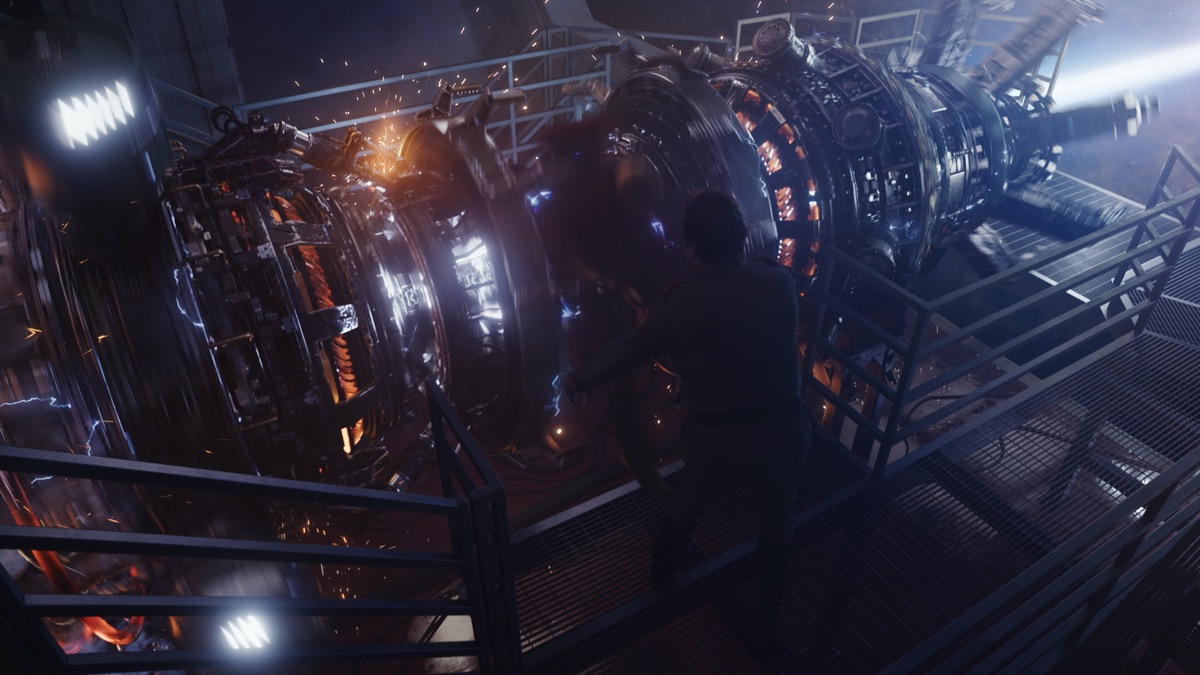
2. Machine overload
The machine eventually overloads, spinning faster and faster, releasing more and more uncontrolled bursts of electricity before it finally explodes. Multiple different FX setups were built using Thinking Particles in 3ds Max to deal with rigid body destruction simulations and the whirling currents of electrical arcs. The electrical arcs would automatically target surfaces of the machine room and leave burnt areas on the wall which triggered additional spark generation.




3. Explosion!
The machine explodes in a giant burst of electricity and disintegrates the hazmat suit team in the room. Using Houdini simulations for the disintegration FX of the hazmat suits, skin, flesh and bones, the digital doubles were stripped away one after the other by the blast.




4. Electricity
For this show, extensive dynamic electricity setups were built from scratch which was a major development task
for Scanline’s DX team. One of the setups automatically “crawled” over the gun surface and subsequently created correct electricity arcs. Additional setups allowed gave artists more creative freedom to position and animate electricity arcs where necessary.






Finally, check out Scanline’s VFX breakdown for its s3 work, below.


